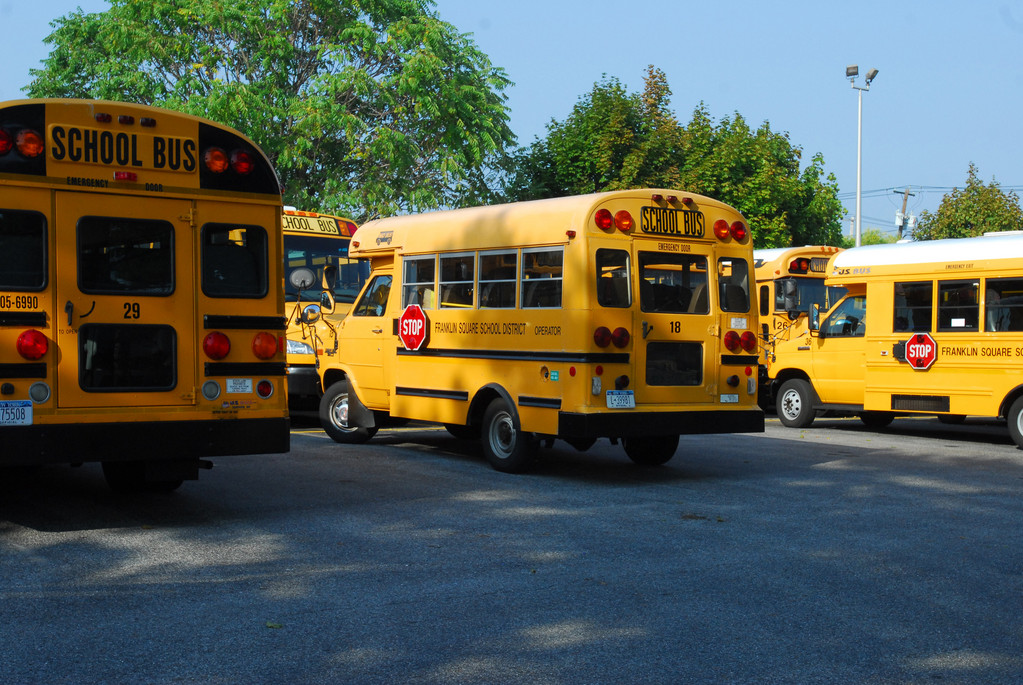Schools cut bus costs, rev up savings
In a move celebrated by state school officials, a law was passed over the summer to help school districts cut bus costs and put those savings toward school programs, and local districts have just recently been able to take advantage of it.
Sponsored by Sen. Jack Martins (R-Mineola) and co-sponsored by Assemblywoman Michelle Schimel (D-Great Neck), “The School Bus Mandate Relief Act” allows state school districts to reduce its number of bus seats if it is able to prove a pattern of under-use over the previous three consecutive years.
Previously, districts were required to provide seats for every student enrolled in their schools, regardless of ridership. The mandate was established by the New York Department of Education in 1947 — when schools first began busing students in the state.
According to Martins, the mandate was a recurring issue for local superintendents. “To make a more personal analogy, imagine driving your car with no passengers to a place you didn’t have to be each day because someone, somewhere, thought that someday you might have to,” he said about the mandate. “You’d obviously question this logic — maybe think it was a joke — but you’d be shocked when you learned that it was actually the law … for years, common sense was routinely ignored in favor of spending money and raising taxes.”
The Port Washington Union Free School District recently cut its transportation budget by 17 percent, or about $412,000, by using the Bus Mandate Relief Act and new staggered start-times in its elementary schools. Instead of running 33 buses, the Port Washington district now runs 26, and the savings are being used to retain teachers and new classes in the district.
The Lawrence Union Free School District also recently reduced its buses from 104 to 100 — a change planned to create $200,000 in savings — and Hewlett-Woodmere Public Schools reduced its route by one, saving thousands. Other local districts are currently collecting information in order to determine whether busing changes will be made, including the Sewanhaka Central High School District and the Floral Park, Elmont and Franklin Square union free school districts.
“We are in the process of collecting the data on actual usage, and will not know the extent to which we will be able to save money until the data is collected,” said Patrick Manley, the Franklin Square district’s superintendent. “We are collecting ridership data each month, and we are particularly interested to see if the data changes in the winter months or during inclement weather.”
Although savings for school districts will vary, depending on the number of students that are currently bused, districts have the potential to save hundreds of thousands of dollars, Martins said. He added that he expects to receive some negative feedback about the law — from “naysayers” who believe the savings aren’t significant —but believes that any financial relief is currently important for school districts.
“We are changing, however slowly, a state culture,” Martins said. “It’s critically important that in challenging economic times, school districts have flexibility and the ability to save taxpayer monies related to mandates … we’ve begun a process of empowering our school districts to save money.”

 44.0°,
Mostly Cloudy
44.0°,
Mostly Cloudy 




